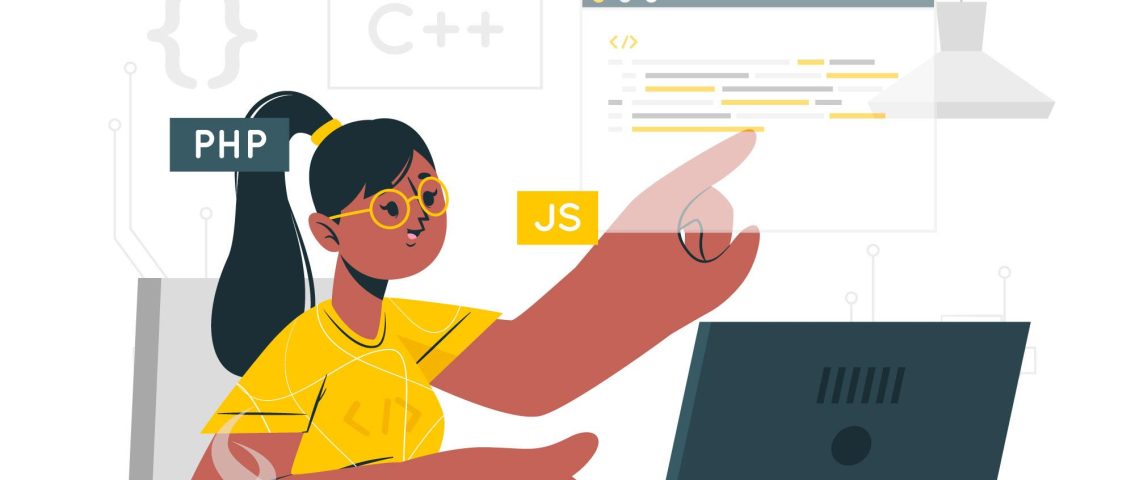Low-Code Trends for 2024: Democratizing Development and Empowering Innovation

Audio : Listen to This Blog.
1. Citizen Development and the Democratization of Development
Low-code platforms are breaking down the barriers between traditional development teams and non-technical users, enabling citizen development to flourish. With drag-and-drop interfaces, pre-built components, and visual programming tools, citizen developers can create applications that address specific business needs without relying on scarce IT resources. This trend is empowering organizations to harness the creativity and problem-solving skills of their wider workforce, leading to a more agile and responsive approach to application development.
2. Artificial Intelligence (AI) and Machine Learning (ML) Integration
The integration of AI and ML into low-code platforms is adding a new layer of intelligence to application development. AI-powered features, such as code generation, automated testing, and predictive analytics, are augmenting the capabilities of both citizen and professional developers, enabling them to build smarter and more sophisticated applications. This trend is blurring the lines between traditional development and data science, empowering developers to create applications that can learn, adapt, and make predictions based on data.
3. Domain-Specific Low-Code (DSLC) Platforms
The rise of DSLCs is catering to the unique needs of specific industries and use cases. DSLCs provide pre-built templates, industry-specific components, and tailored development environments, enabling organizations to create applications that align with their specific business processes and regulatory requirements. This trend is accelerating the adoption of low-code development in industries such as healthcare, finance, manufacturing, and retail, where specialized domain knowledge and compliance are crucial.
4. Cloud-Native Low-Code Development
Low-code platforms are increasingly being deployed on cloud infrastructure, enabling organizations to leverage the benefits of scalability, elasticity, and cost-efficiency. Cloud-native low-code platforms also facilitate collaboration and remote development, enabling teams to work together seamlessly across geographical boundaries. This trend is driving the adoption of low-code development in cloud-first organizations, where agility, scalability, and cost-efficiency are paramount.
5. Integration with Existing Systems and APIs
Low-code platforms are becoming more adept at integrating with existing enterprise systems and APIs, breaking down silos and enabling organizations to connect their low-code applications with their legacy systems. This integration is crucial for organizations to achieve a unified digital ecosystem, where data can flow seamlessly between different applications and systems. This trend is accelerating the adoption of low-code development in organizations with complex IT environments, where integration is a critical factor for success.
6. Low-Code for IoT and Edge Computing
Low-code platforms are expanding their reach to the Internet of Things (IoT) and edge computing environments. This enables organizations to develop and deploy applications that collect, analyze, and act on data generated by IoT devices at the edge of the network, facilitating real-time insights and decision-making. This trend is driving the adoption of low-code development in IoT-enabled organizations, where real-time data analytics and edge intelligence are essential for operational efficiency and innovation.
7. Low-Code for Customer Experience (CX) and User Interface (UI) Design
Low-code platforms are providing increasingly sophisticated tools for designing and developing user interfaces (UIs) that are both visually appealing and user-friendly. This is particularly important for organizations that are focused on enhancing customer experience (CX) and creating intuitive and engaging digital interfaces. This trend is empowering organizations to create customer-centric applications that drive loyalty and satisfaction.
8. Low-Code for Security and Governance
Low-code platforms are incorporating advanced security and governance features to ensure that applications are developed and deployed in a secure and compliant manner. This includes features like access control, data encryption, and audit trails, enabling organizations to meet regulatory requirements and protect sensitive data. This trend is building trust and confidence in low-code development, making it a viable option for organizations with strict security and compliance requirements.
9. Low-Code for Business Process Automation (BPA)
Low-code platforms are becoming more powerful tools for automating business processes, streamlining workflows, and improving operational efficiency. Organizations can use low-code platforms to automate tasks, reduce manual errors, and optimize processes across different departments and functions. This trend is driving the adoption of low-code development in organizations that are seeking to streamline operations, reduce costs, and improve customer service.
10. Low-Code for Application Migration and Modernization
Low-code platforms are being used to migrate and modernize legacy applications, enabling organizations to extend the lifespan of their existing systems and adapt them to new business requirements. This can help organizations avoid the costly and time-consuming process of traditional application rewrites. This trend is enabling organizations to leverage the benefits of low-code development without disrupting their existing IT infrastructure, making it a viable option for organizations with large legacy application portfolios.
Conclusion
Low-code development is poised to continue its rapid growth in 2024 and beyond, transforming the way organizations develop and deploy software applications. With its emphasis on democratization, empowerment, and innovation, low-code is enabling organizations to achieve agility, efficiency, and competitive advantage in an increasingly data-driven world.
